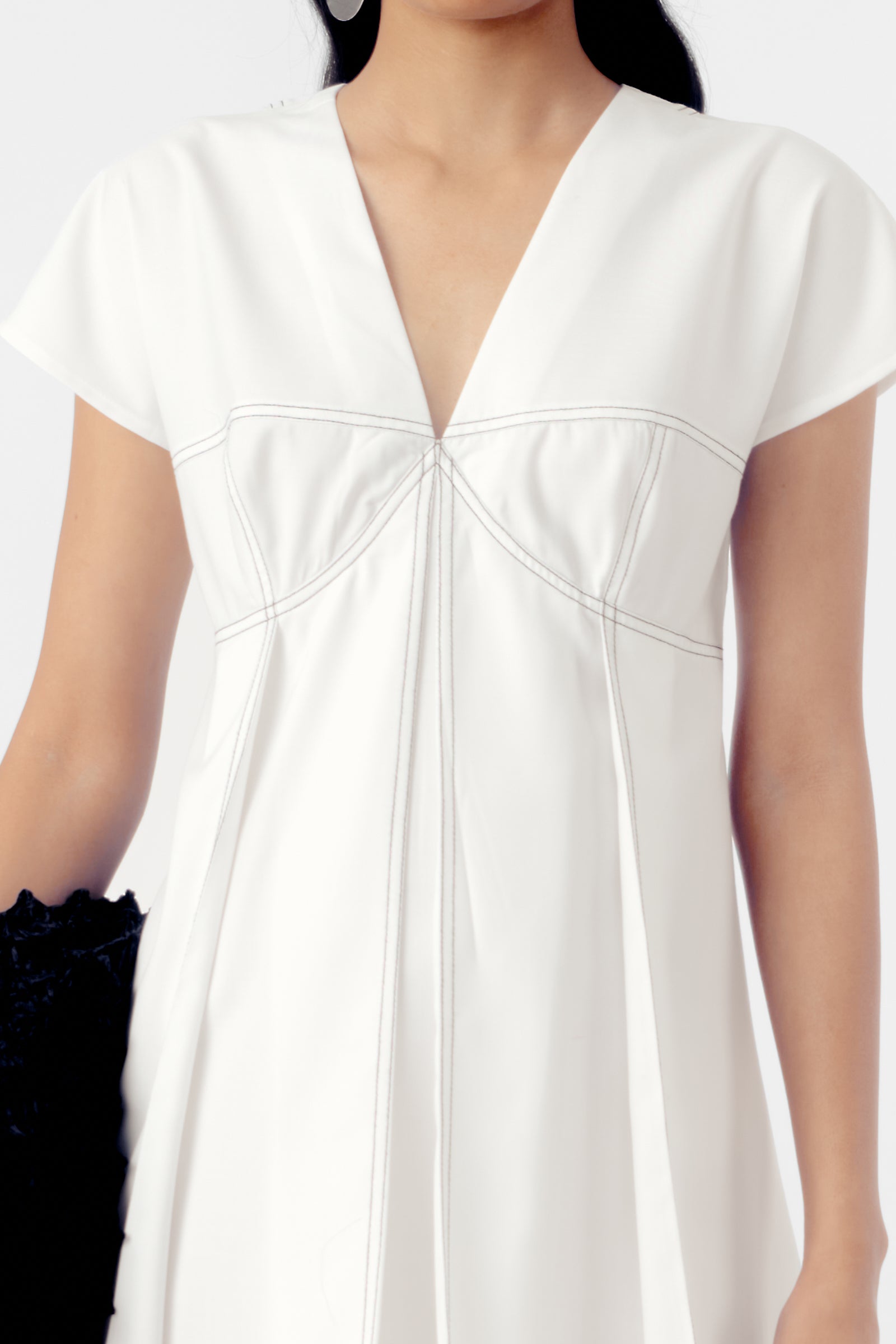
STOCKISTS
ONLINE
MATCHEFASHIONS.COM
OUNASS.COM
ASIA
BEAMS, JAPAN
ONE FIFTEEN, KOREA
ONLINE
MATCHEFASHIONS.COM
OUNASS.COM
ASIA
BEAMS, JAPAN
ONE FIFTEEN, KOREA
ONLINE
MATCHEFASHIONS.COM
OUNASS.COM
ASIA
BEAMS, JAPAN
ONE FIFTEEN, KOREA
ONLINE
MATCHEFASHIONS.COM
OUNASS.COM
ASIA
BEAMS, JAPAN
ONE FIFTEEN, KOREA




